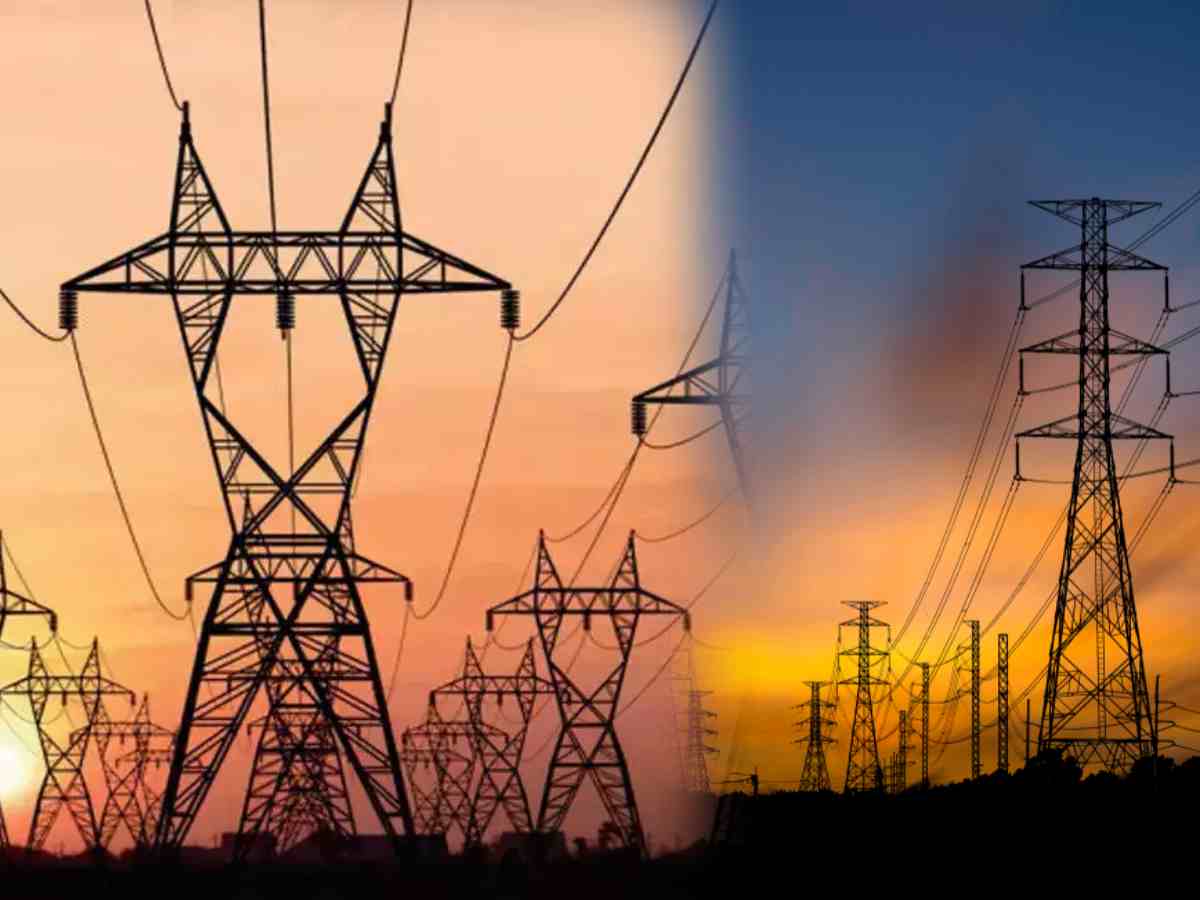
Delhi experienced a significant rise in temperature-related electricity demand over the past 12 months, with peak demand increasing by an average of 711 megawatts (MW) on the hottest and most humid days, according to a recent analysis published on Friday.
The independent think tank Institute for Energy Economics and Financial Analysis (IEEFA) report highlighted that Delhi’s peak power demand also grew by an average of 506 MW on cold and dry days, and by 188 MW on days with moderate temperatures and humidity. The analysis utilised wet-bulb temperature (WBT) as a metric.
Wet-bulb temperature (WBT) is defined as the lowest temperature at which a person or object can be cooled solely by evaporation of water.
“On days with moderate conditions (17.5 degrees Celsius WBT), Delhi’s peak demand saw a modest increase of 188 megawatts (MW). However, on the hottest and most humid days (using 32.5 degrees Celsius WBT as a benchmark), the annual rise was notably higher, at 711 MW,” the report explained.
Conversely, during frigid and dry days (7.5 degrees Celsius WBT), the increase was smaller but still significant, at 506 MW, representing a 2.7 times higher increment than moderate days.
This data indicates that Delhi’s recent surge in power demand is largely driven by cooling and heating needs, while broader economic factors play a lesser role.
The analysis also pointed to a noticeable increase in the number of very hot and humid days (using 30 degrees Celsius WBT as a threshold).
“There were 24 such days in 2022-23, which rose to 40 days in the most recent 12-month period,” the report said.
WBTs exceeding 35 degrees Celsius are considered hazardous to human health, highlighting the critical role of reliable electricity supply in mitigating heat-related risks.
Also Read: Delhi Heatwave: Seven fruits, vegetables to consume during humid weather
Charles Worringham, a guest contributor at IEEFA and the report’s author, emphasised the urgency of ensuring adequate power generation capacity, especially as heatwaves become more frequent. He advocated for greater investment in utility-scale solar energy over expanding thermal capacity.
Worringham underscored the importance of managing the growth in peak demand through initiatives to enhance energy efficiency in buildings and promote flexible tariff structures.
Recently, a prolonged heatwave pushed Delhi’s peak power demand to an all-time high of 8,647 MW on June 19, according to officials from power distribution companies.
Moreover, Delhi has witnessed around 60 heat-related fatalities this year amid a stretch of 40 consecutive days with temperatures surpassing 40 degrees Celsius since mid-May, as reported by media sources.
The decline is primarily due to damage to the "heart-brain link" triggered by chronic kidney…
A French-style open-air café is drawing Delhiites back to a river they long forgot
The handset features a dual rear cameras, 6.72-inch 144Hz display, IP64 water resistance, and up…
Delhi Police raided a late-night illegal bar in Samaypur Badli, detaining 25 people and seizing…
A rear-end crash near Delhi Haat triggered a blaze that gutted both vehicles, though no…
Court grants probe agency more time as NIA pursues wider links in Red Fort blast…